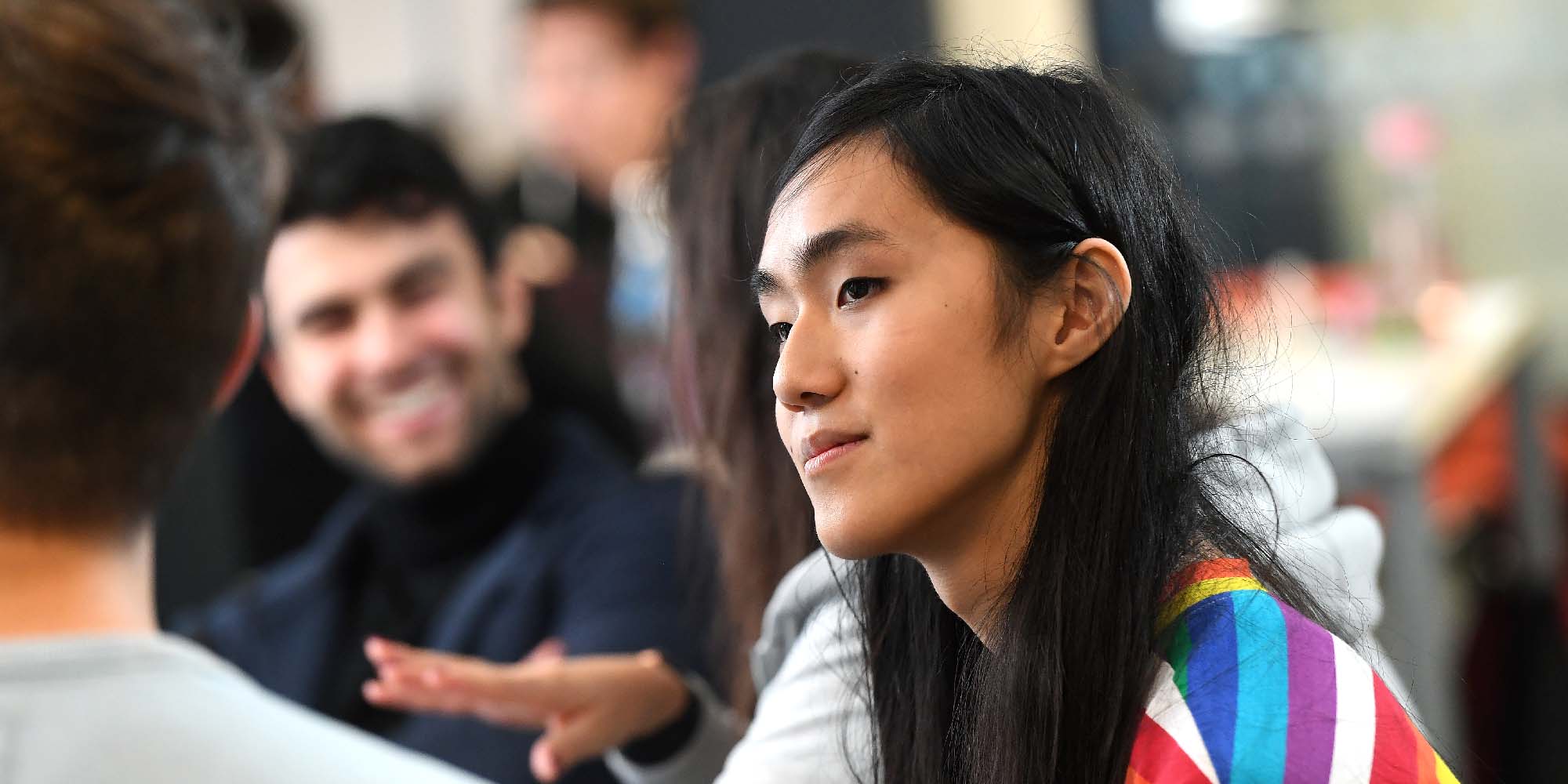Postgraduate research opportunities Dynamic Signal Processing Methods for Knowledge Inference on Metal Microstructures
ApplyKey facts
- Opens: Monday 15 May 2023
- Deadline: Friday 14 July 2023
- Number of places: 1
- Duration: 3.5 years
- Funding: Equipment costs, Home fee, Stipend, Travel costs
Overview
Optimising signal integrity data of forged metal components to return microstructural information of materials during the integrity inspection stage. Key considerations include signal extraction, material grain size, and texture, covering physical phenomena including time-of-flight, attenuation, and scatter. The project outcome will deliver a methodology to detect typical defects alongside microstructural information for aero-engine housings and landing gear.Eligibility
Applicants should have a Degree (2:1 and above) in mechanical or electrical engineering.

Project Details
Technology development of nickel alloys is key to optimised manufacturing processes within the aerospace, energy and defence markets. Components include landing gear, aero engines, turbines and military vehicles. Stable single phase solid solution, gamma prime (ϒ’), and gamma double prime (ϒ’’) alloys help to strengthen metal components and increase resistance to creep. Strict manufacture temperature controls minimise grain growth, improve toughness, and avoid re-precipitation.
Nickel microstructure is dependent on the nature of carbide distribution: dissolved, as precipitates, shape and size. In addition to solution treatment temperature, grain size control relies on the content of alloying elements. Current inspection methodologies do not relate the mechanical behaviour of nickel alloys with the occurrence of phases found within. Ultrasonic Testing (UT) is typically the inspection methodology of choice. However, inspection results return levels of noise that significantly impacts the quality of the data generated. Since noise is an inherent feature of the structure, it cannot be eliminated without altering the manufacturing process and the characteristics of the final component. Sensor positioning can significantly impact the measured noise level: if placed within the vicinity of larger noise components, the dynamic range may be insufficient to reliably detect small voids and porosity clusters.
This project will identify an effective inspection technique able to provide information of the macro-zone, defining a relationship between a measured defect signal and the nickel alloy microstructure that is both repeatable and reliable. Components within the framework are expected to have features such as flat bottom holes (FBH), lug joints, bolted joints, lap joints, and welds. The 4-stage methodology will comprise data generation, feature extraction, feature reduction and classification. Knowledge inference of signal extraction should provide data on grain size and material texture at the point of solidification. The signal-to-noise ratio (SNR) will be suitably sufficient to highlight defects and heterogeneities of the materials. A number of approaches will be considered including (but not limited to): Phase Coherence Imaging (PCI) for amplitude variation reduction using the total focussing method (TFM); ultrasonic wave-field imaging (UWI) including guided waves, Direct Arrival Imaging (DAI), and wave crest amplitude analysis.
Consideration of data analytics is key to ensure NDT alignment with NDE 4.0, providing an industry-focussed pathway towards Industry 4.0.
Research outcomes must converge and align with industry standards and support the National Manufacturing Institute Scotland (NMIS) partnership with industry stakeholders, to maintain a collaborative and collegiate relationship.
Funding details
Aubert & Duval, Bifrangi, Boeing, and AFRC.
While there is no funding in place for opportunities marked "unfunded", there are lots of different options to help you fund postgraduate research. Visit funding your postgraduate research for links to government grants, research councils funding and more, that could be available.
Apply
Number of places: 1
To read how we process personal data, applicants can review our 'Privacy Notice for Student Applicants and Potential Applicants' on our Privacy notices' web page.

